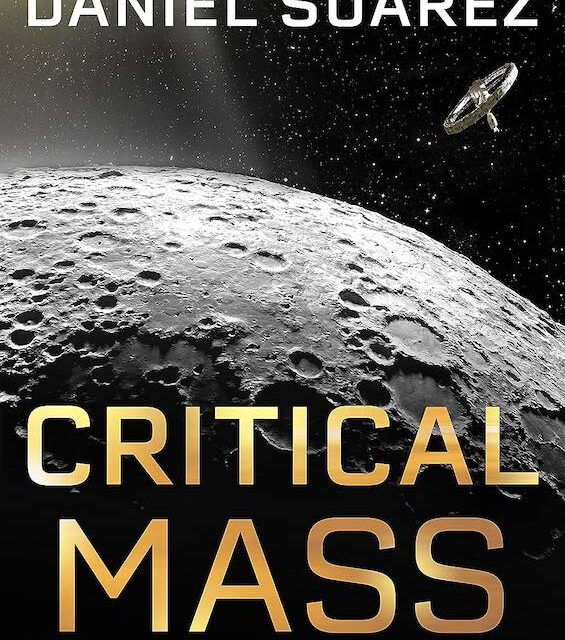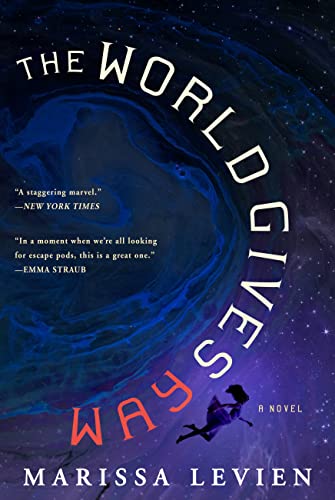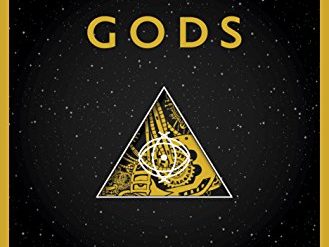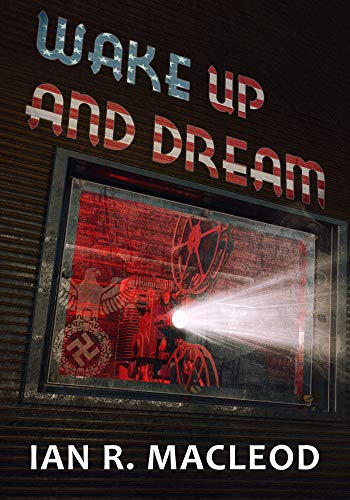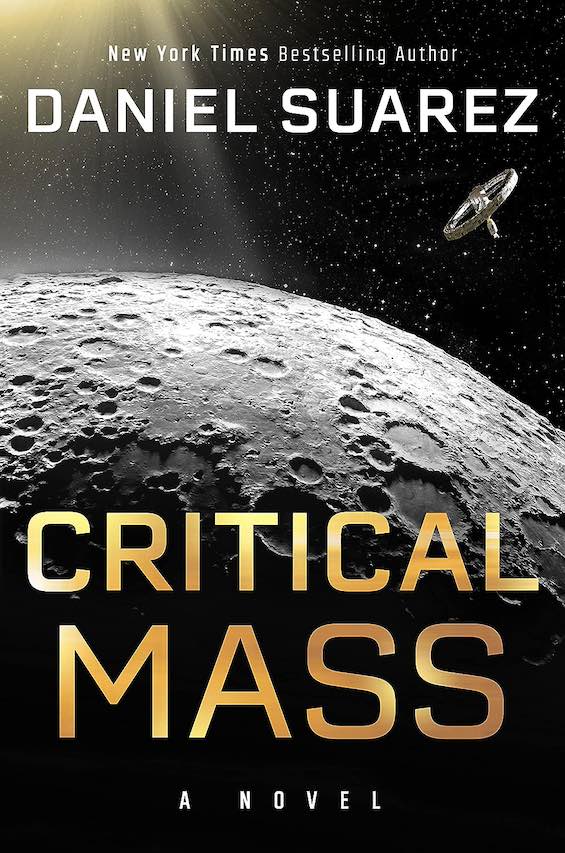
Estimated reading time: 6 minutes
In his 2019 techno-thriller Delta-V, Daniel Suarez relates the story of James (J.T.) Tigue and the other seven men and women on a privately financed international team that ventures out to mine resources from the asteroid Ryugu. Now, in Critical Mass, the sequel, he follows their story to the end. Unlike Delta-V, which features virtually nonstop action, Critical Mass is a more cerebral effort. It’s full of scientific and engineering detail about space travel. Oh, there’s plenty of action, too. And the story is full of plot twists. But its charm lies largely in the detailed picture it provides of what humanity’s future in space might actually be like.
The challenges and frustrations of life in space
And that picture is far from pretty. Suarez explores his characters’ fears and frustrations about life in space. The deadly effects of cosmic radiation on human bodies. Equipment failures millions of miles from Earth. And what happens when the plumbing stops working. But there’s plenty of less distressing information about asteroid mining, manufacturing in space, celestial navigation, and the occasional pleasures of life on board a space station. You’ll read about spacecraft maintenance and artificial gravity. About construction employing robots, Chemical Vapor Deposition, and large-format 3D printers. And about mass equalization to maintain the stability of a spinning torus as people and equipment move about the circumference of a space station. Amid all this newness, there’s no shortage of challenges every day in space. But none of that is the worst of it. Because someone will stop at nothing to cause J. T. and his colleagues fail.
Critical Mass (Delta-V #2) by Daniel Suarez (2023) 464 pages ★★★★☆
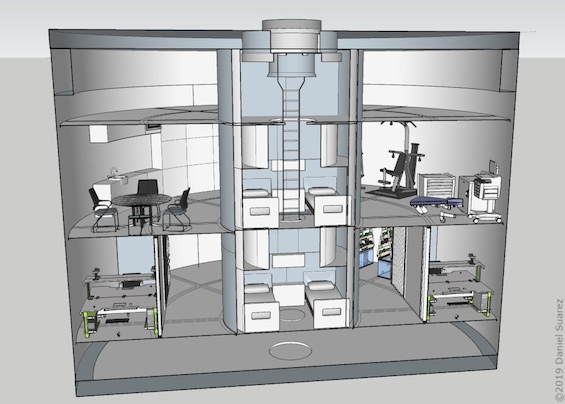
An obsessive quest to rescue two astronauts trapped in space
Picking up the story he brought to a close in Delta-V, Suarez takes us back to the close quarters within the space station Konstantin in orbit around Ryugu. There, Adedayo and Isabel, two survivors of the original expedition, remain trapped. And three others, including J. T., have left in what seems a futile quest for help. Then, without warning, a squad of North Korean soldiers takes the station. And immediately Suarez switches perspective to J. T. and his two colleagues, Priya and Han. Back in lunar orbit, they have but one goal in mind: saving Isabel and Adedayo back on Konstantin. Because they’ve already lost three of the original eight-person crew and are determined not to lose any more. On one level, Critical Mass then becomes the story of their obsessive devotion to rescue their teammates. But there’s a great deal more to their story.
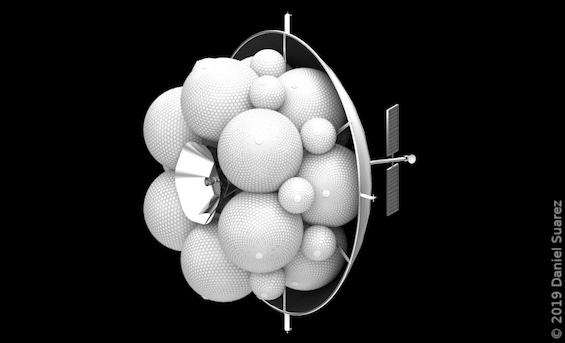
Two intersecting plot lines
Although the public is entirely ignorant of their mission to Ryugu, what J. T. and his colleagues have accomplished is the stuff of legends. As Priya says to him in an effort to cheer him up, “Look at the history we’ve made out here. We’ve gone farther and longer in deep space than anyone. We perfected asteroid mining. We sent back thousands of tons of refined materials toward lunar orbit—enough to get humanity started in the cosmos. I’d say that’s a success.” And, it turns out, there are those on Earth who are perfectly aware of their accomplishment. The “space billionaires” who run competing companies. And, of course, the governments of the major spacefaring nations. China. Russia. And the United States of America. Of course, none of these powerful forces are content to let a handful of astronauts monopolize the riches of the asteroid belt.
Meanwhile, on Earth, Nathan Joyce, the risk-taking billionaire who designed and launched their mission, has committed suicide amid a mountain of debt and criminal charges. Lucas Rochat, his lawyer in Luxembourg, has taken charge of the company that financed the mission. And Rochat turns out to be exceedingly creative and resourceful. We will follow his clever machinations to outmaneuver the competition and the great powers alike. And what he builds is nothing less than a large and growing new civilization in cislunar orbit. It’s an exciting story, full of twists and turns. And it unfolds all the while J. T., Priya, and Han steadily gather what they need to return to Ryugu and rescue their teammates.
About the author
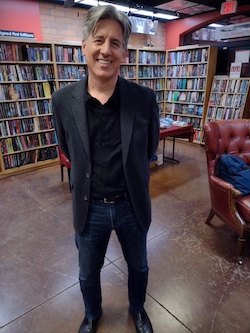
Daniel Suarez (born 1964) is the author of seven high-tech thrillers. He worked for many years as an information technology consultant to Fortune 1000 companies before turning to writing full-time. According to his author website, he is a graduate of the University of Delaware with a BA in English literature. He lives in Los Angeles, California.
For related reading
Previously I reviewed Delta-V – Delta-V #1 (A brilliant hard science fiction novel about asteroid mining).
I’ve also reviewed three other techno-thrillers by Daniel Suarez:
- Daemon (Daemon #1 of 2) – It’s not general artificial intelligence. But it’s taking over, anyway.
- Kill Decision – Killer drones menace the USA in this military technothriller
- Influx – Down becomes up in this clever hard science thriller
For another great story about mining in the asteroid belt, see Up Against It by Laura J. Mixon (Life, death, and politics in the asteroid belt).
For more good reading, check out:
- These novels won both Hugo and Nebula Awards
- The ultimate guide to the all-time best science fiction novels
- The top science fiction novels
- Good books about space travel
And you can always find my most popular reviews, and the most recent ones, on the Home Page.

